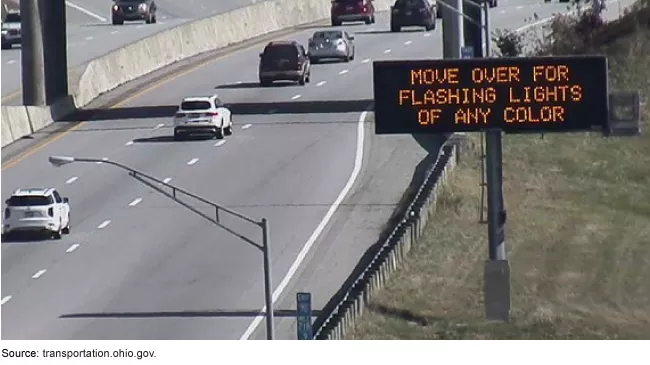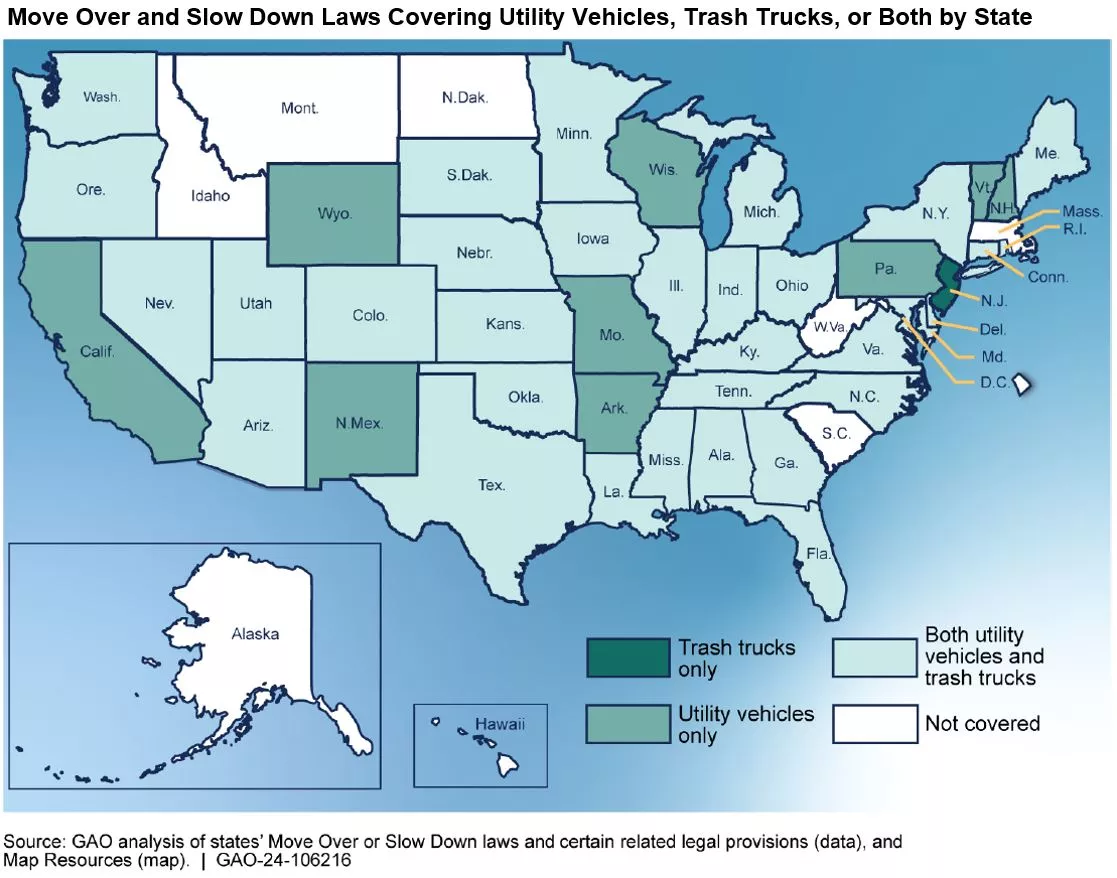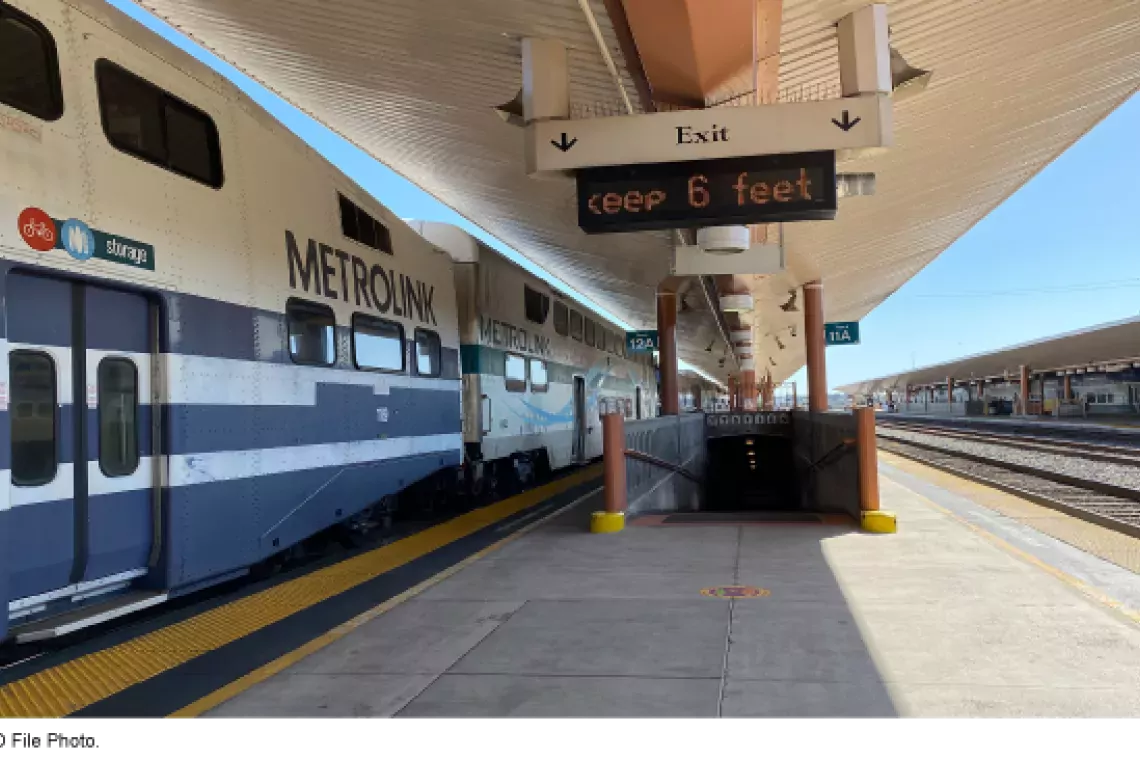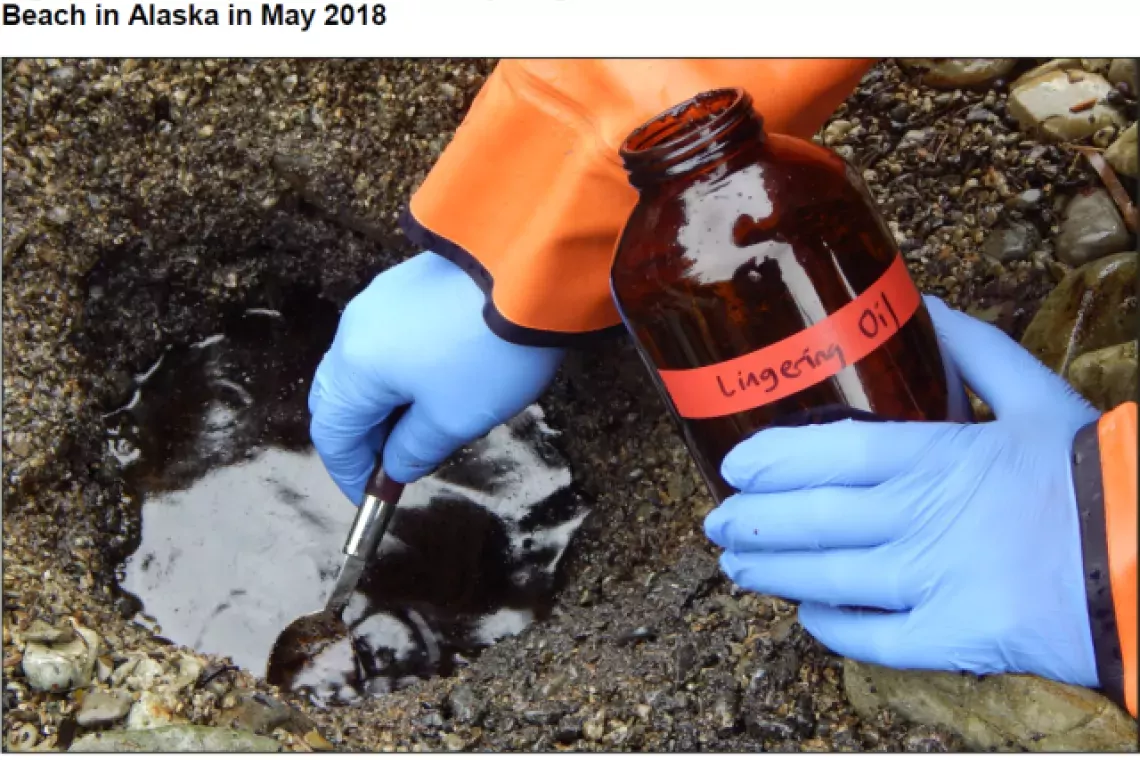Summer Driving Essentials—Understanding Move Over Laws Can Save Lives
Hitting the road this summer? Driving can be stressful. And if you’ve ever needed to pull over on the shoulder, you certainly know the feeling of anxiety caused by other cars whizzing by. “Move Over/Slow Down” laws are meant to keep people and emergency responders on the shoulder or roadside safe. But each state has its own version of these laws, and many drivers may not know about them.
Today’s WatchBlog looks at our recent reports about Move Over laws—what you should know before hitting the road and what is being done to spread the word about these laws.
Image

What are Move Over and Slow Down laws?
Every state and Washington, D.C. has its own Move Over law. There’s no nationwide rule. As a result, there are some state-by-state differences in what is required. For example, in Oregon, drivers are allowed to either slow down or move over, depending on the type of road they’re on. But in New Mexico, drivers must slow down regardless of whether they are able to move over or not. In California, drivers must move over when safe to do so.
Image

It's confusing, right? And on top of the “what you should do,” each state has its own law on how and when you should do it. All states and Washington, D.C. require drivers to move over and slow down for first responder vehicles—such as fire trucks, police cars, and ambulances. But some states also require drivers to slow down and/or move over for utility, trash collection, construction and highway maintenance (grass cutting, for example), tow trucks, and disabled vehicles on the roadside. And the speed requirements for “slow down” laws also vary, with some including a specific reduction (such as 20 miles per hour below the posted speed limit on an interstate) and others requiring a reduction to a safe or reasonable speed.
Image

State transportation and law enforcement officials are working hard to spread the word about their states’ laws through public service announcements, pamphlets, posters, and social media campaigns. But we think more can be done with the help of the U.S. Department of Transportation.
What can be done to get the word out about Move Over laws?
No one wants their summer holiday ruined by a traffic ticket. States’ fines for violating Move Over and Slow Down laws vary from as little as $30 to as much as $25,000. Beyond avoiding a ticket and just being the polite thing to do, Move Over and Slow Down laws can save lives. Twenty-eight first responders and 18 tow truck operators were struck and killed in 2022 by passing cars.
But even with these heavy costs and states’ outreach efforts, public awareness of these laws remains a challenge. State officials we interviewed told us that they have limited resources and expertise in developing effective outreach campaigns. That’s where the U.S. Department of Transportation comes in. Reducing roadside fatalities and serious injuries is one of DOT’s top priorities. DOT provides funding to states and materials like brochures to help states raise awareness about these laws. But the materials provided often don’t match the states’ laws. We found that more could be done to update materials based on states’ needs to better reflect the laws. This would help states better promote their Move Over laws and could ultimately improve safety for all motorists on the road and roadside.
Listen to our podcast with GAO’s Biza Repko to learn more about this issue and what you should do if you don’t know the law in a state.
What can you do to help?
Start by familiarizing yourself with your state's Move Over or Slow Down law. You can also help spread the word about these laws to friends and family. We can all do our part to make our roads safer!
When in doubt about a law, you should try to move over and slow down for any vehicle parked on the roadside (when it is safe to do so). To learn more about Move Over laws and outreach efforts, check out our recent report.
- GAO’s fact-based, nonpartisan information helps Congress and federal agencies improve government. The WatchBlog lets us contextualize GAO’s work a little more for the public. Check out more of our posts at GAO.gov/blog.
GAO Contacts
Related Products

GAO's mission is to provide Congress with fact-based, nonpartisan information that can help improve federal government performance and ensure accountability for the benefit of the American people. GAO launched its WatchBlog in January, 2014, as part of its continuing effort to reach its audiences—Congress and the American people—where they are currently looking for information.
The blog format allows GAO to provide a little more context about its work than it can offer on its other social media platforms. Posts will tie GAO work to current events and the news; show how GAO’s work is affecting agencies or legislation; highlight reports, testimonies, and issue areas where GAO does work; and provide information about GAO itself, among other things.
Please send any feedback on GAO's WatchBlog to blog@gao.gov.




